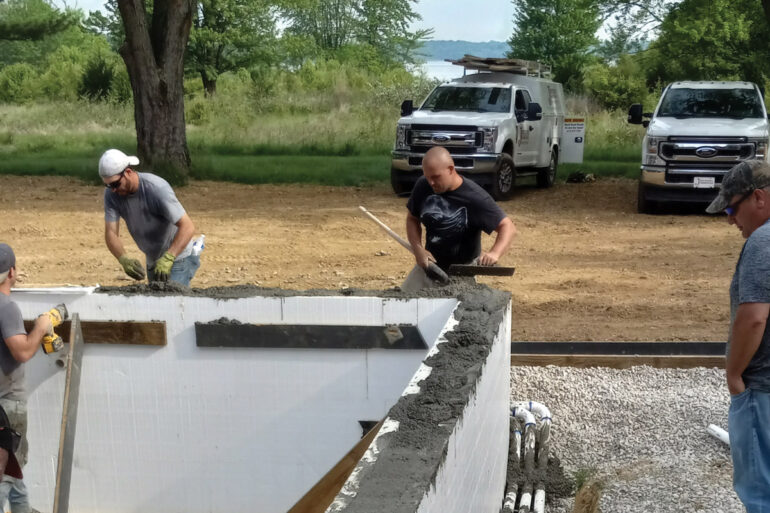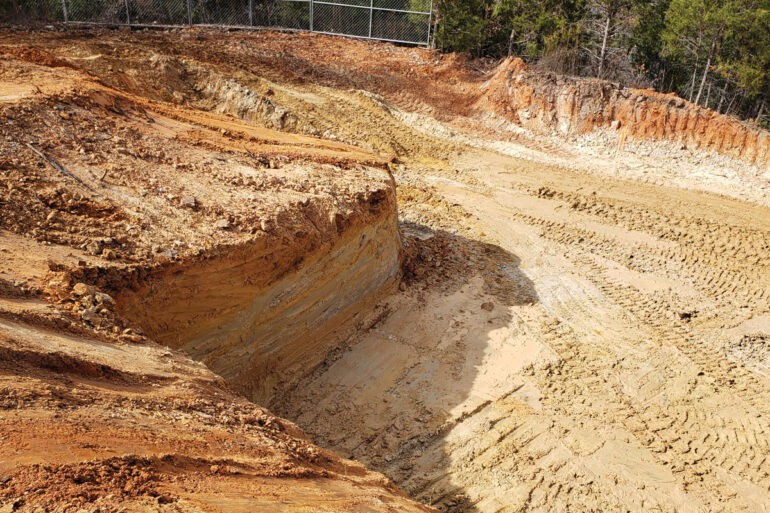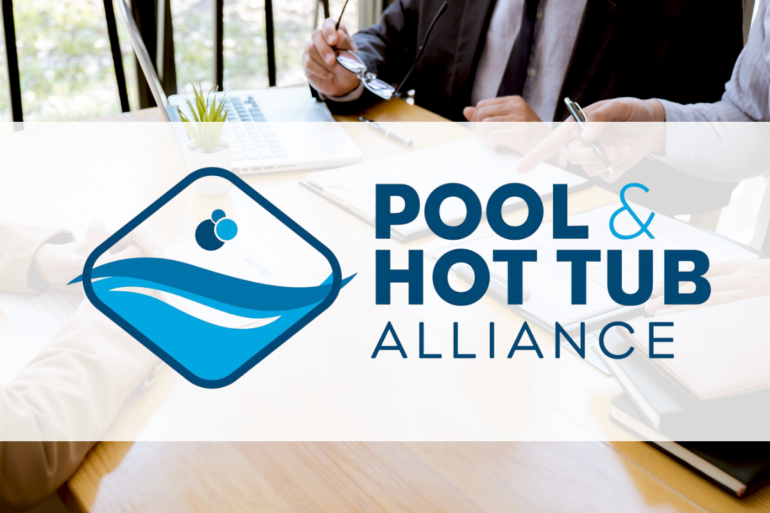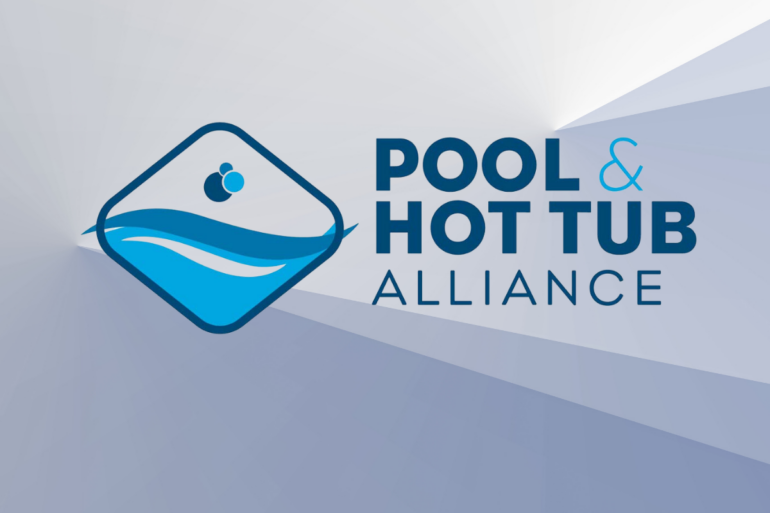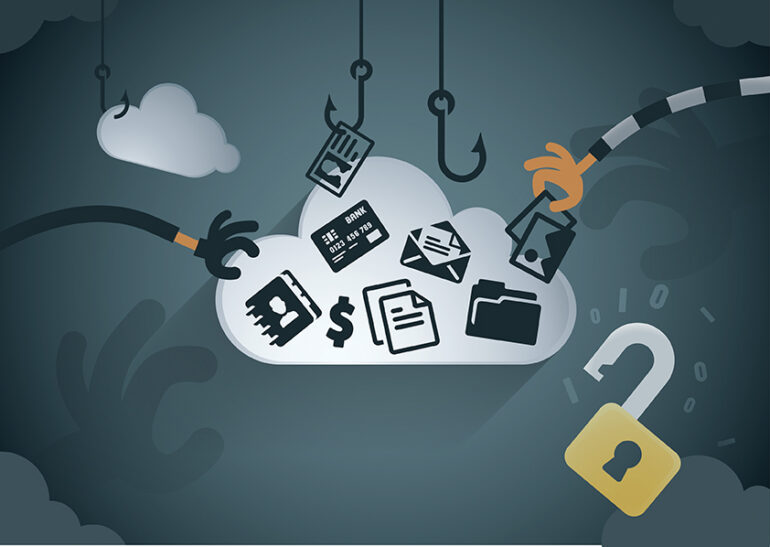Poolside Precision
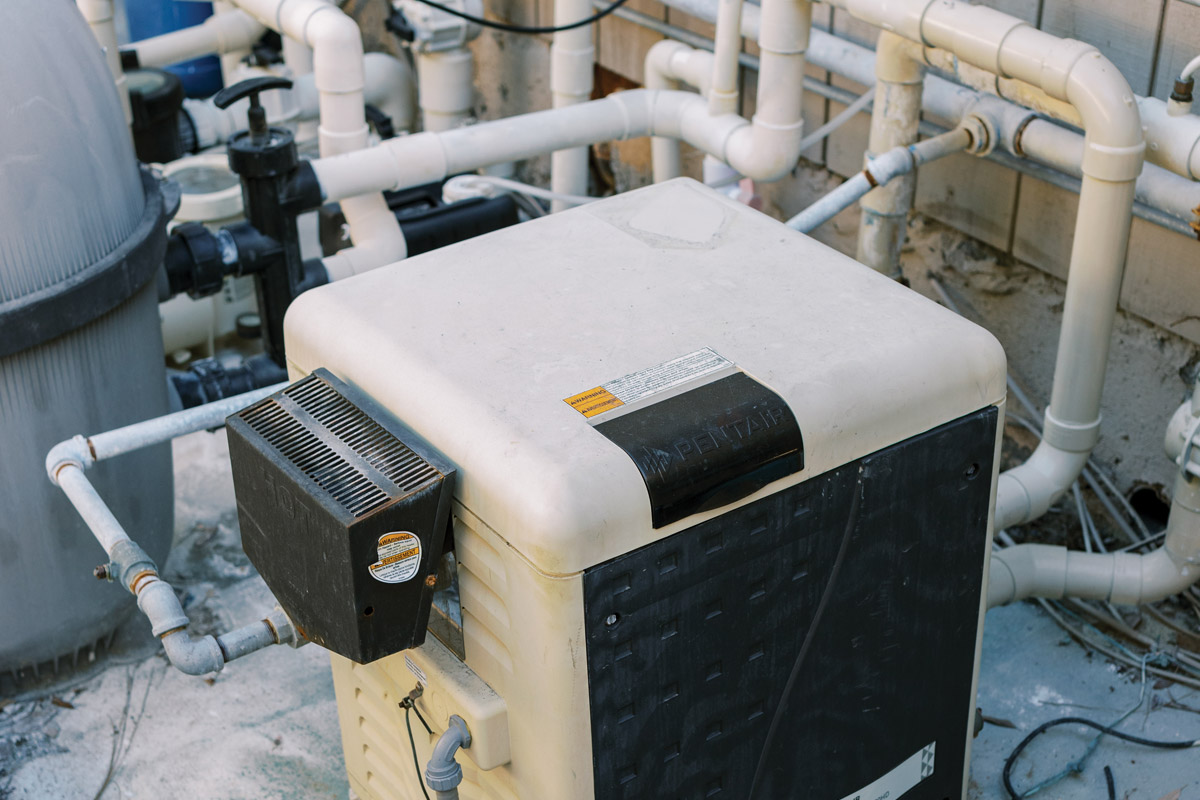
Equipment installation might seem like a skill pool professionals master early in their careers. However, revisiting the basics can be a valuable way to enhance expertise and achieve better results.
Prepare the site
Kevin Cobabe, owner of Dynamic Pool & Spa Construction in Redondo Beach, California, says pool pros should first prepare the installation site.
“There are two primary things I consider when trying to design or lay out an equipment site,” he says. “One is accessibility for regular, everyday service, repair and replacement of any other equipment. The other is clearance issues that the manufacturer set out.”
For example, Cobabe, who also teaches Watershape University classes on equipment installation, explains that some equipment, such as heaters, must be positioned approximately four feet away from an opening into a building.
JC Escudero, owner of J Designs Pool & Spa in Los Angeles and also a Watershape University instructor, agrees that planning is one of the biggest factors for a successful installation.
“Pipe diameter, equipment layout and all components should be accounted for, besides maintaining manufacturer installation requirements that are often not observed in detriment of a good installation,” he says.
Consider placement and accessibility
In Toronto, Canada, the team at Gib-San Pool & Landscape Creations, a pool construction, retail and service business, agrees that no two equipment installations are alike, which is why the goal of the project must be considered when building out an equipment pad.
“There’s not one size fits all in terms of where the equipment is going to be placed,” says Caley Gibbs, director of marketing and design at Gib-San. “So there’s a lot of planning and strategizing for each backyard, which is typically done with the designer and salesperson but also the project manager [who’s] assigned to ensure that the best location is utilized in the backyard.”
The design team considers things like safety, cost and the intended design of the space but also technical factors.
“We’ll look at existing surfaces, and then we’ll play with the requirements of the pool,” Gibbs says. “We do a pad design for all of our projects, and we’ll do a plumbing diagram so we know where the pipes are coming from and how far they need to travel. Based on the hydraulic requirements, we plan the equipment to meet those requirements.”
Understand product specs and requirements
One issue that comes up during equipment installation involves drain covers, particularly when the covers and the pools do not coordinate with the pump flow requirements. The drain covers need to meet the pump’s maximum flow rate, which many don’t.
“I’ve found that most 8-inch drain covers do not cover the spectrum of most pumps,” Cobabe says. “Like their flow rate, it’s only designed for the smaller half-horsepower [pumps] and three-quarter horsepower pumps. But the ones that are bigger have a much higher max flow rate, so you have to go with a 10-inch drain cover instead of 8-inch.”
There are other risks that pool professionals deal with while performing equipment installation. Escudero says underestimating the size and longevity of the components could impact all other equipment needed for any pool.
“When a pump does not have adequate water flow either at the suction or return lines, it will shorten its life with far greater electrical consumption,” he says. “A happy pump can last 20 years or more when used in the proper ways it was designed with the manufacturer parameters.”
Connor Gibbs, design consultant with Gib-San, says it’s necessary to understand product specs and requirements.
“If water is moving too quickly through a heater, it’s not going to heat the water efficiently,” he says. “If water moves too slowly through a heater, it can create advanced corrosion and scaling in the heater.”
Assess existing equipment
For pool professionals working in the retrofit market, like Javier Payan of Payan Pool Service in San Diego, California, assessing existing equipment is crucial. Payan charges a site assessment fee for new customers who request maintenance or repairs to ensure he understands the pool’s needs.
“A prescription without proper diagnostics is malpractice,” he says.
Assessing the situation first benefits the company, allowing for efficient problem-solving, but Payan emphasizes that it helps the homeowner’s bottom line, as well.
“In a lot of cases, we can save customers money by offering different products that maybe they weren’t thinking about that would apply to their situation,” he says.
When installing or repairing equipment, there are many nuances to be aware of, and it’s a pool pro’s job to understand the system, ask the right questions, know the performance capability and cost of available products and make the best possible recommendations for the customer, Payan says.
For every piece of equipment, there are a lot of details that go into deciding what is best for that application.”
Javier Payan, Payan Pool Service
“Just take a heater [for example],” he says. “You have to ask, ‘Is it electric, gas, propane or natural? What are you trying to heat? How fast are you trying to heat it?’ And so for every piece of equipment, there are a lot of details that go into deciding what is best for that application.”
Payan focuses on providing quality service and products, but he now considers different equipment brands and budget needs, something he says has changed since the supply chain issues of the pandemic and is still relevant for customers struggling with inflation.
“For many years, we were pretty singularly focused on the brands we were putting in,” he says. “But when we were unable to get the pumps or filters or heaters we were used to putting in, we learned to broaden our horizons, to be open-minded and receptive to different products. Our job is to offer [customers] solutions that may be more budget-friendly. We find a way to get the job done.”
Pursue education
As pools become more sophisticated and technology evolves, professionals must keep up with the changes and trends. Connor Gibbs of Gib-San says proper education is an important tool to ensure efficient and accurate installation and service.
“If [pool pros] don’t have the education, then we see a lot of weak points in our industry,” he says, pointing to the importance of organizations like the Pool & Hot Tub Alliance for helping pros understand requirements, standards and best practices.

